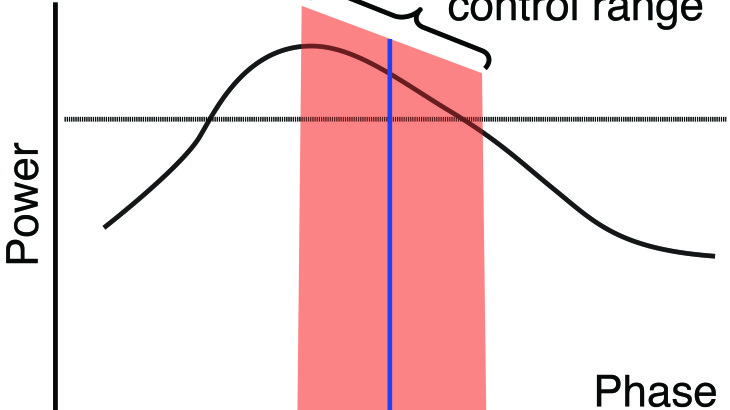The established perspective of flight control in insects holds that their remarkable maneuverability arises from neural modulation of relatively small steering muscles acting in concert with the regular, clock-like activation of larger power muscles. Yet the power output of these main muscles is very sensitive to subtle timing changes in neural activation. To test if neural feedback could modulate power muscles to do significant control, I used an oscillating visual pattern to cause tethered moths to turn in a strong, sustained manner. I recorded from the bilateral pairs of power muscles. I used a custom optical torque measurement device to record the motor response. The left and right muscles advanced or delayed their relative timing in a manner correlated to the visual stimulus and resulting torque. The changes were only of a few milliseconds, but could be specified to less than half a millisecond. The muscle’s physiology is tuned in such a way that this small, precise timing change could result in anywhere from 0 to 200% of the normal work production. I confirmed the power muscles’ roles in control by stimulating the left or right muscle to fire early thus mimicking the feedback signal without changes to steering muscles. The resultant induced torque demonstrates that precise timing control of these power muscle enables an important control function that takes advantage of the muscle’s physiology properties to produce turns. These results support the emerging view that phase modulation of neuromuscular activity combined with high gain in a muscle’s physiology encodes significant information for locomotor control.
